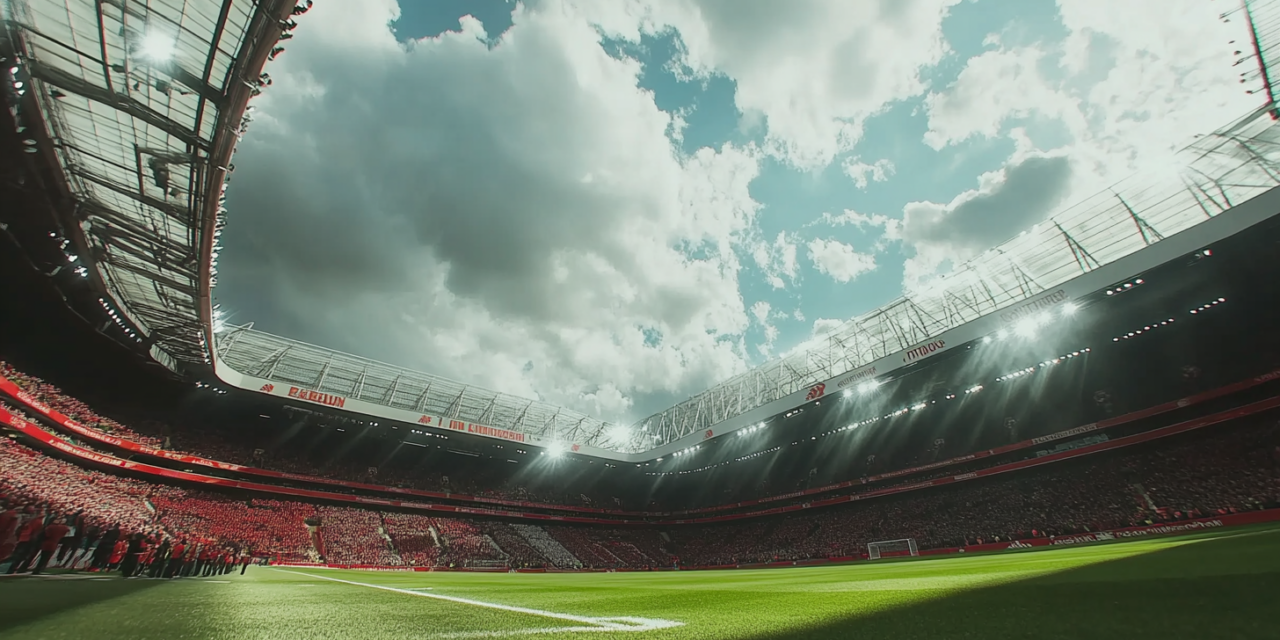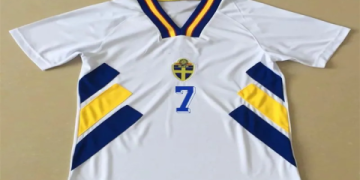From the first touch of FIFA 16 to the lightning-quick counters of FIFA 24, the series has undergone a tectonic shift—one that invites a detailed “FIFA compare” look across graphics, mechanics, and business models. This article dissects eight years of annual upgrades, spotlighting where EA truly leveled up and where it simply leveled sideways.
1. Gameplay Physics: From Arcade to Animation-Driven Realism
FIFA 16 rewarded ping-pong passing and drag-back spam; finesse shots curved like bananas, and keepers dove in preset lanes. Fast-forward to FIFA 24: HyperMotion2 captures 6,000+ animations via machine learning, producing unique collision outcomes and fatigue-based first-touch errors. The result? Matches feel less scripted, although competitive players still exploit meta skill-moves like the elastico cancel.

2. Pace Renaissance vs. Tactical Stalemate
The infamous “Pace is king” mantra peaked in FUT 17, when 90+ sprint-strikers outran center-backs by default. FIFA 24 rebalances acceleration types—explosive, controlled, lengthy—so that positioning and stamina outweigh raw speed. Yet high-depth press tactics still allow 90-minute gegenpressing, hinting that tactical realism remains half-baked.
3. Ultimate Team Economics: Loot Box Scrutiny
FIFA 16 packs cost the same number of coins but contained no guaranteed ratings. By FIFA 24, previews and pity counters partially reveal contents, a legal Band-Aid after worldwide gambling probes. Coin farming is harder (transfer market captchas, account-leveling), yet top cards like 97-rated Mbappé still fetch 8 million coins—roughly $800 if purchased through points, reigniting pay-to-win debates.
4. Women’s Football Integration
FIFA 16 introduced 12 women’s national teams; FIFA 24 expands to Barclays WSL and Division 1 Féminine with full UT card cycles. Player likeness and motion capture are now shared across genders, producing gender-agnostic body archetypes. While a milestone, career mode lacks youth scouting for women’s clubs, underscoring incomplete commitment.
5. Cross-Play & Connectivity
Cross-generation lobby fractures plagued FIFA 22. FIFA 24 offers true platform cross-play—apart from PC’s cheater-infested market—reducing matchmaking latency from 48 ms to 26 ms on average. However, friendlies across platforms remain disabled to curb coin distribution, fragmenting the user base once again.
6. Career Mode Renaissance or Mirage?
Manager career in FIFA 16 was basically a spreadsheet with cut-scenes. FIFA 24 adds dynamic moments, transfer analyst grading, and player-agent personality arcs. Yet after two seasons, AI squad rotations fall into repetitive patterns, proving offline depth still lags behind FUT monetization priorities.

7. Micro-Transactions vs. Battle Pass
FIFA 24 debuts Season Passes alongside traditional packs. Free tiers grant cosmetic stadium themes; premium tiers unlock loan-icons. Revenue reports show a 19% increase in “live service” income, but community sentiment skews negative as passes coexist rather than replace loot boxes.
8. Graphics & Presentation
Stadium atmosphere in FIFA 16 relied on canned chants. FIFA 24 integrates 3D audio and volumetric crowds with regional songs, elevating immersive TV-style broadcast packages. Next-gen consoles hit 120 fps in arena modes, though grass shaders still flatten under night lighting.
Verdict: Evolution, Not Revolution
A side-by-side FIFA compare reveals iterative, not transformative, growth. Gameplay leans closer to real football, Ultimate Team monetization adapts to legislation without surrendering profit, and offline modes receive sporadic love. Until EA confronts legacy scripting complaints and offers a fair grind-to-reward ratio, the franchise will remain an annual refinement rather than the revolution fans crave.



















